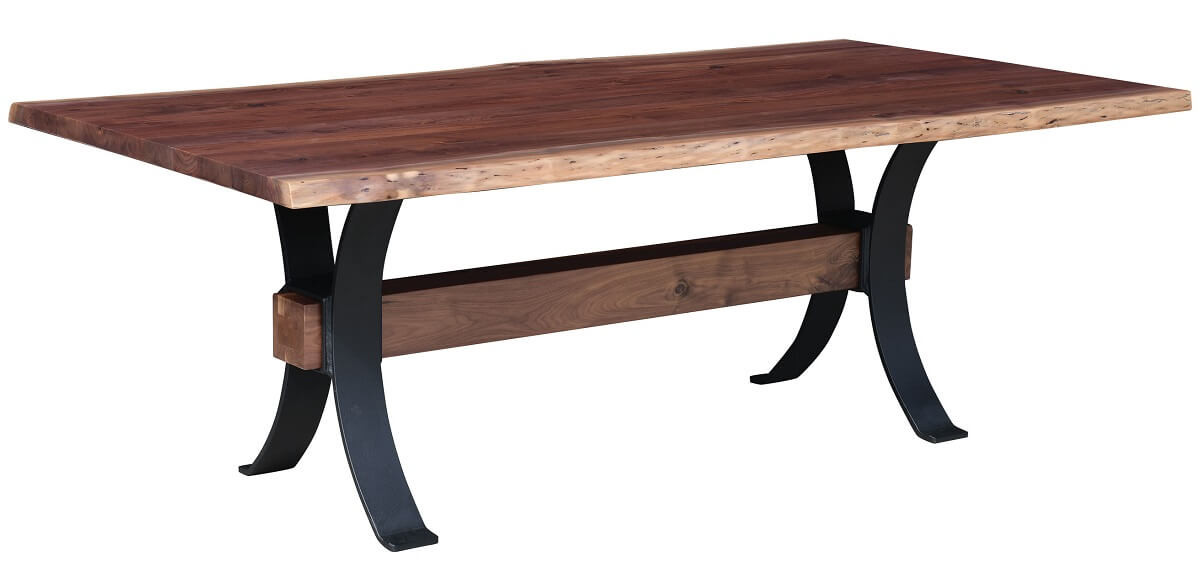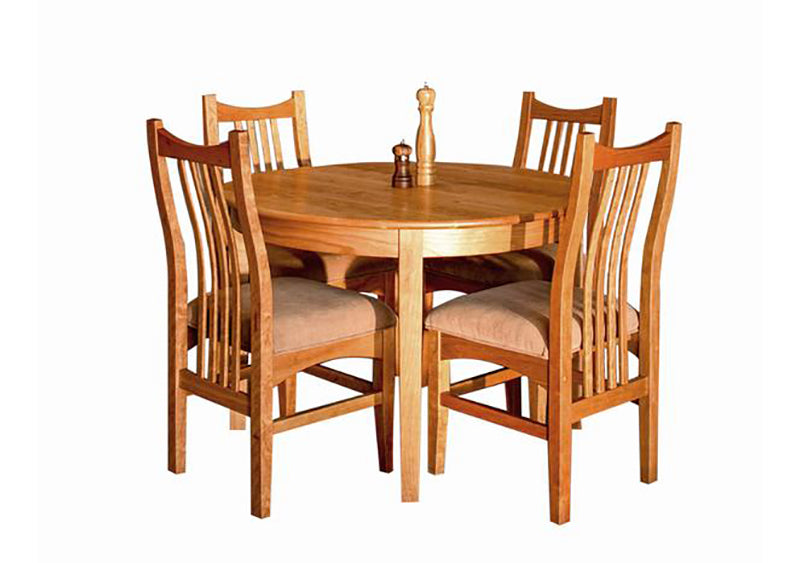Dining Room Table Legs: A Guide to Selecting the Right Style for Your Home
Dining Room Table Legs: A Guide to Selecting the Right Style for Your Home
Blog Article
From Typical to Modern: Discover the Ideal Dining Area Table Legs for Your Style
While classic layouts such as cabriole and transformed legs evoke a sense of timeless class, modern styles like hairpin and geometric options offer a chance for striking aesthetic passion. As you consider these aspects, the question stays: how can you perfectly incorporate these varied leg designs to create a harmonious eating experience?
Comprehending Table Leg Styles
The range of eating area table leg styles can substantially affect both the visual appeals and performance of the space. Each leg design adds special aesthetic aspects and functional attributes, providing to diverse design preferences and use needs. Recognizing these styles is vital for choosing the best dining table that straightens with your overall interior decoration vision.
As an example, conical legs provide a clean, traditional look that can boost an area's sophistication, while pedestal bases offer stability and maximize legroom, making them perfect for smaller areas. Hairpin legs, a trademark of mid-century modern style, present a commercial style, enabling an airy, open feeling. Trestle legs evoke rustic beauty, offering robust support and a feeling of timelessness.
Wooden legs can bring heat and texture, whereas steel alternatives commonly convey a sleek, modern vibe. Eventually, understanding table leg styles is essential for developing a cohesive eating area that shows individual style while ensuring practicality and comfort.
Typical Table Leg Options
When choosing dining-room table legs, typical choices usually personify timeless elegance and workmanship. These designs show an abundant heritage and a commitment to quality, making them suitable for those that value timeless looks.
One of the most renowned standard leg styles is the cabriole leg, identified by its graceful bent shape. This style commonly features ornamental carvings and is most generally discovered in Queen Anne and Chippendale furnishings. Another preferred alternative is the transformed leg, which flaunts a series of smooth, rounded forms that provide a classic appearance while preserving security.
Furthermore, the straight leg, while simple, offers a unadorned and strong framework that can mix flawlessly with a selection of tabletop designs. For those attracted to ornate outlining, claw-and-ball feet legs evoke a sense of grandeur and can work as a stunning prime focus in any kind of eating area.
Finally, pedestal bases, although not strictly legs, supply an alternative traditional alternative that permits adequate legroom and can be magnificently sculpted. Each of these conventional leg designs contributes to the overall ambiance of a dining-room, marrying feature with aesthetic allure.

Modern Table Leg Styles
Modern table leg styles offer a varied range of styles that emphasize cutting-edge products and clean lines. These styles typically prioritize performance while working as striking prime focus within an eating area. Minimal looks are widespread, with legs crafted from products such as metal, glass, and crafted timber, which contribute to a ventilated and modern feel.
One popular style is the barrette leg, defined by its slim, tapered framework that supplies security without frustrating the tabletop (dining room table legs). This style is commonly found in mid-century contemporary furniture and can easily match different table forms. An additional trend is using geometric forms, where legs might take on asymmetrical or angular forms, including aesthetic passion and a touch of artistry

Mixing Styles for Distinct Areas
Often, homeowners look for to develop special dining spaces that reflect their personal design by mixing various design elements. This strategy enables for the unification of diverse visual appeals, causing a harmonious yet distinct atmosphere. Combining a rustic wooden table with smooth, modern-day steel legs can create a distinctive comparison that raises the room's overall allure.
Furthermore, incorporating vintage table legs with modern table tops can evoke a feeling of history while preserving a modern perceptiveness. Such mixes not only display specific taste but also urge creativity, permitting house owners to curate an area that really feels both individual and inviting.
Color plays a crucial function in this mixing process; picking table legs that complement or contrast with the existing color pattern can enhance visual passion. Whitewashed legs can soften the daring of a dark table surface area, producing a well balanced aesthetic.
Tips for Choosing the Right Legs
Picking the right table legs is vital for achieving both performance and visual allure in your eating space. Begin by taking look at this now into consideration the total design of your room. Standard setups take advantage of legs that feature visit site elaborate makings or transformed layouts, while contemporary rooms might call for sleek, minimalist styles.
Following, examine the elevation and security of the legs. dining room table legs. Typical table vary in between 28 to 30 inches in height, so ensure the legs complement this measurement for comfort. Additionally, durable products, such as wood or metal, can enhance security and durability
Evaluate the leg shape as well-- choices consist of directly, tapered, or stand layouts. Straight legs supply a timeless appearance, while tapered legs can add a touch of sophistication. Pedestal bases give sufficient legroom and are excellent for smaller sized areas.
Conclusion
In recap, picking the perfect dining area table legs needs mindful factor to consider of both contemporary and standard designs. By harmonizing leg design, elevation, and material with the general decor, a cohesive and welcoming environment can be achieved.
The selection of dining area table leg styles can significantly affect both the visual appeals and capability of the room. Ultimately, recognizing table leg styles is crucial for producing a natural eating area that reflects individual style while making certain usefulness and comfort.One of the most legendary conventional leg designs is the cabriole leg, characterized by its stylish rounded form. Straight legs provide a timeless see this website look, while tapered legs can include a touch of style.In summary, choosing the optimal dining area table legs requires careful consideration of both modern-day and typical styles.
Report this page